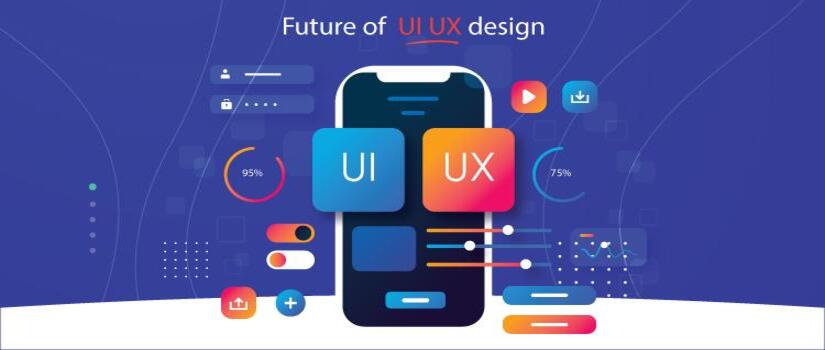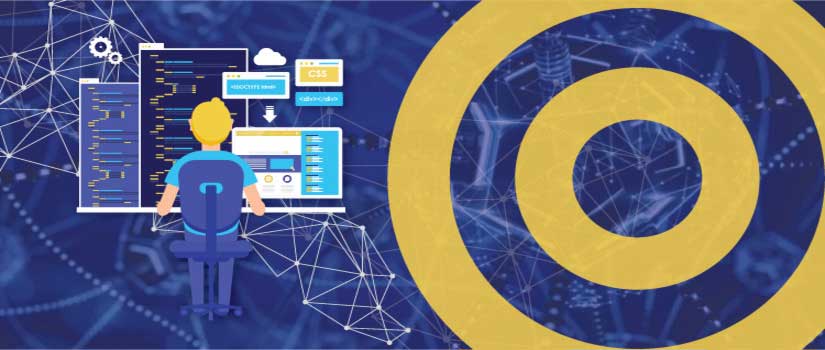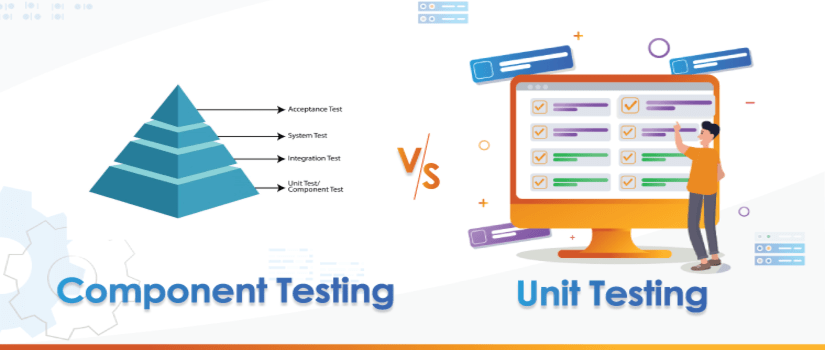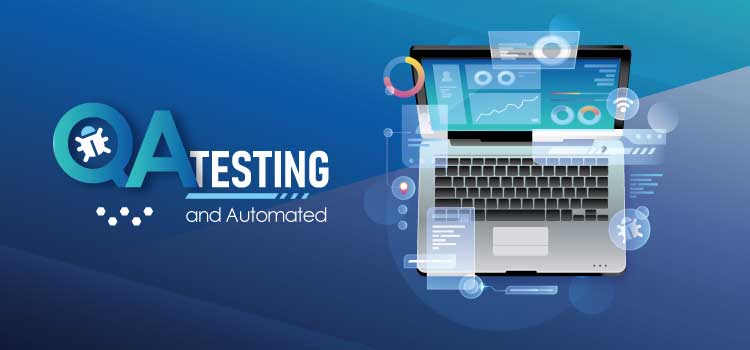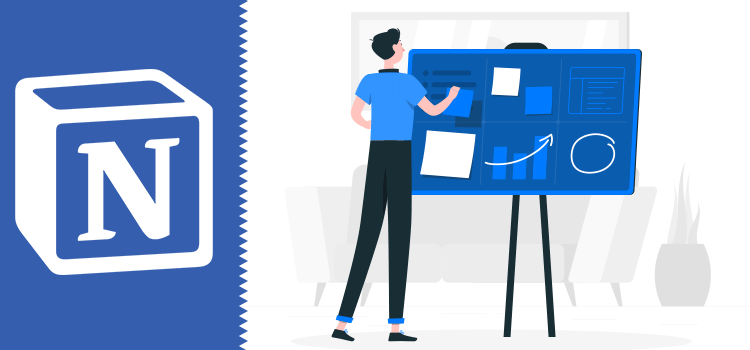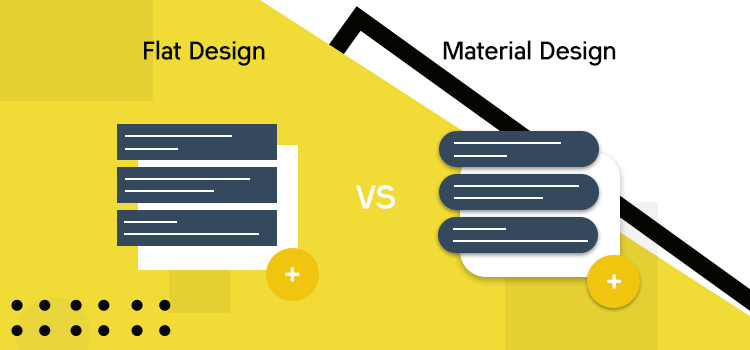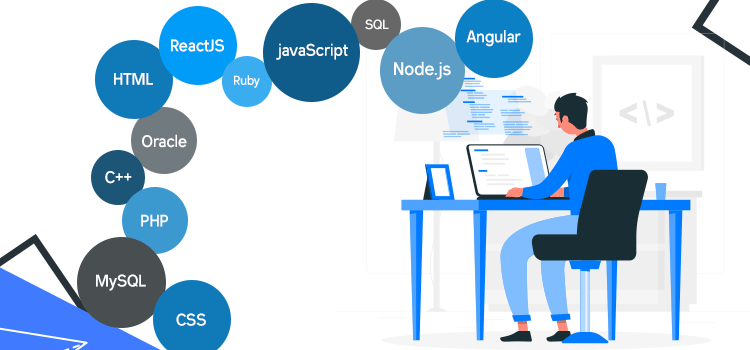There are numerous factors that contribute to the selection of the best Project Management methodology. Every tech project is different in nature and size. There are always some limitations that are crucial to be considered at the time of selecting a Project management methodology.
Available resources, timelines, tools and human resources at a given time play a vital role in the selection of a PM methodology that can best fit the need.
Tech industry meets the biggest challenge of diversity. Tech Projects are diverse and unique in nature from all perspectives. There can be flexible timelines for one piece of work, whereas the same need for a different customer may require aggressive timelines. There is no one formula that fits all. Hence, to choose the right PM methodology completely depends on the nature of work, timelines, financial aspect, project size, cost factor, risk of stakeholders involved and given resources in hand.
Currently, the following Project Management Methodologies are being used by Digital Agencies, Software Development Companies and respective Tech & Management teams.
Agile
In Agile methodology, we divide the development of a product in sprints starting with a Minimum Viable Product (MVP) and developing incrementally upon it.
A sprint is a period of time allocated to certain development tasks. It can be categorized as a particular phase of a project. Each sprint has a specific scope of work and timeline. Sprints are time-bound. If upon expiry of the timeline for a particular sprint, something is not considered as complete, it would become the part of the ongoing development cycle and will be pushed to next sprint. Sprints are flexible in nature. Sprints are simply short cycles of development work that allow for faster production and continuous revision if needed. Each sprint ends with a testable working build for the client to review. This process ensures the project is always going in the right direction.
Agile is more of a set of principles for developing software rather than a methodology.
Further flavors of Agile are as follows:
Scrum
Scrum is a framework within which people can address complex adaptive problems, while productively and creatively delivering products of the highest possible value.
Scrum itself is a simple framework for effective team collaboration on complex products. It is lightweight and is simple to understand.
Scrum replaces a programmed algorithmic approach with a heuristic one, with respect for people and self-organization to deal with unpredictability and solving complex problems.
In scrum, a project is divided into multiple tasks, which are known as sprints and placed into the project backlog. A team of 3-4 members work on a sprint for about 1-4 weeks. After every 24 hours, the team reports to the scrum master and has to answer the following three questions:
• What have you completed since the last meeting?
• What do you plan to complete by the next meeting?
• What is getting in your way?
After the completion of a sprint, the progress is being introduced to the Stakeholder and the team starts working onto the next sprint in the backlog.
Kanban
The Kanban methodology is used to design, manage, and improve flow systems for knowledge work. The method also allows organizations to start with their existing workflow and drive evolutionary change.
It can be achieved by visualizing the workflow, limit work in progress (WIP) and stop starting and start finishing.
Kanban is applicable in situations where work arrives in an unpredictable manner and/or when you want to deploy work as soon as it is ready, rather than waiting for other work items. Point to be noted is ‘Kanban, as clarified by David Anderson in his famous Kanban Blue Book, is not a software development or Project Management methodology. It is a method to visualize and improve what you currently do.’
Kanban is used to implement agile software development. It compels real-time communication and full transparency. Work items are represented visually on a kanban board, allowing team members to see the state of every piece of work at any time.
A basic kanban board has a three-step workflow: To Do, In Progress, and Done. The board can be either digital or physical. Each workflow has a Work In Progress (WIP) limit, it ensures that items move along the board as quickly as possible. The daily standup meeting takes place between Stakeholders and Development Team to discuss. Each item is packaged for release as soon as possible.
Scrumban
Scrumban is just the application of the principles of the Kanban method on top of your Scrum processes.
If WIP and boarding are added to Scrum, it turns into Scrumban. It helps improve Sprint guarantee and efficiency. However, it also introduces the WIP limit as a mechanism to catalyze incremental changes. The WIP limit removes the need for commitment to drive change, reduces any dysfunctional reliance on heroic effort, and improves overall systems thinking when considering potential improvements. It looks somewhat like Scrum at the practice level, but at the cultural level, it will look like Kanban. In short, Scrumban is all about soft growth rather than shock treatment.
Lean
The Lean project management methodology focuses on the improvement of the overall process and reducing wastes. It helps to increase the efficiency of the entire project team.
Lean methodology is an outstanding method because of its streamlining of the process and forcing the team to eradicate any action that doesn’t directly affect the final product; which reduces the cost as well. But an organization must have an outstanding development team, and trust that team implicitly, for this approach to be successful.
XP- Extreme Programming
The main goal of XP is to lower the cost of change in software requirements. The requirements for the system are determined and often “frozen” at the beginning of the development project. This means that the cost of changing the requirements at a later stage in the project something that is very common in the real world can be very high.
Waterfall
The waterfall model is a sequential design process, used in software development processes, in which progress is seen as flowing steadily downwards (like a waterfall) through the phases of conception, initiation, analysis, design, construction, testing, production/implementation and maintenance.
Waterfall depends on teams following a sequence of steps and never moving forward until the previous phase is completed. This methodology leaves almost no room for unexpected changes or revisions. If your team is small and your projects are predictable, then Waterfall could be the ideal choice.
Conclusion
There is no definitive answer to what right or wrong project management methodology for any software development need is. The selection would primarily depend on your client, current team, resources and all stakeholders, timelines and financials. Each Project Management methodology has its own merits and shortfalls. The best Project Management methodology is that allows continuous organic improvement and is based on solid collaboration.
If you have a project in hand and you need assistance with evaluation for the right project management approach, please contact Soft Tech Group, Inc.



